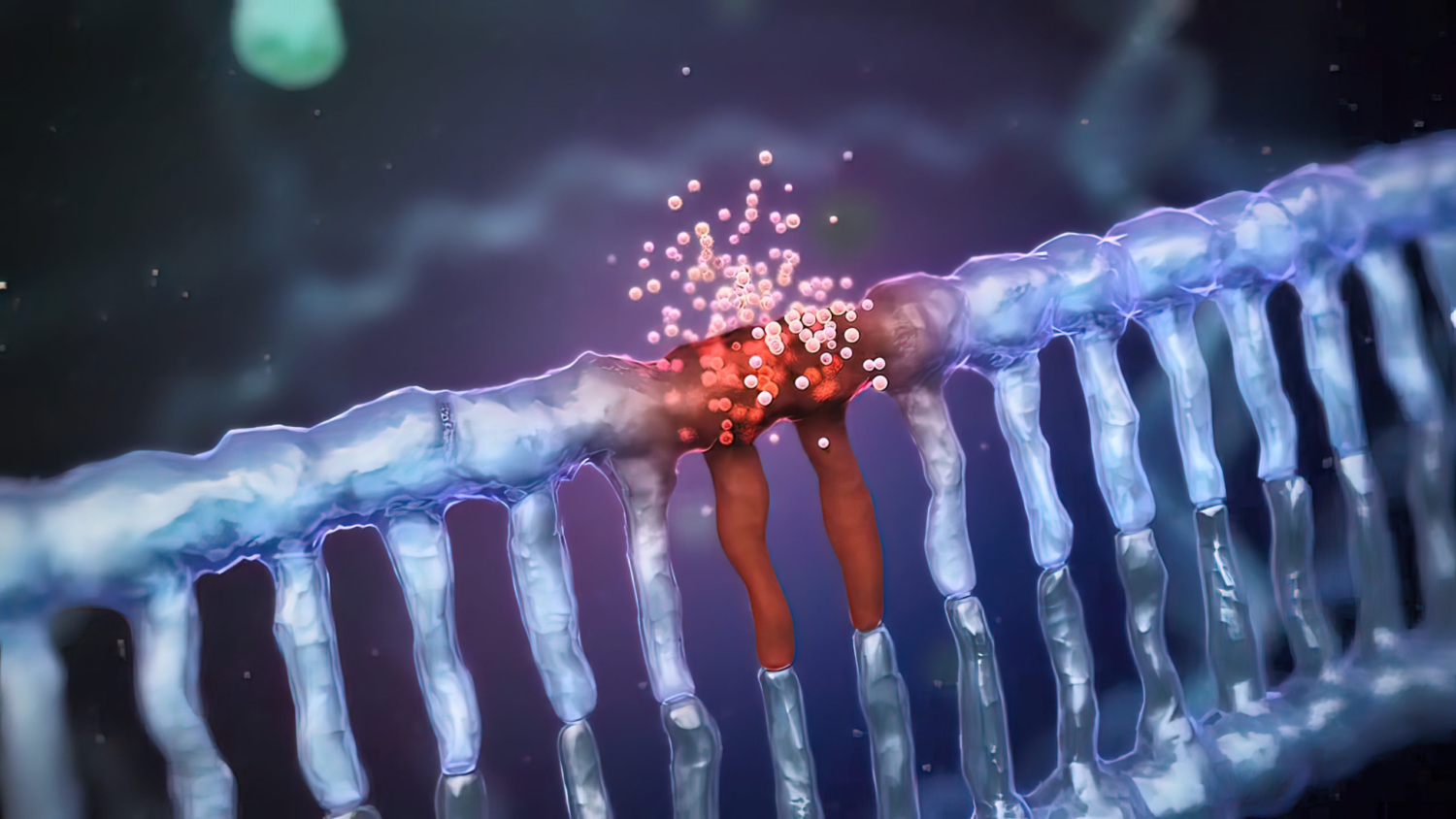The New York Times: We Can Cure Disease by Editing a Person’s DNA. Why Aren’t We?

Earlier this year, the RVCL.org team published an update that provided a brief overview on how the discovery and use of CRISPR-Cas technology can be helpful in treating different diseases. Furthermore, the post hypothesized how CRISPR-Cas could be utilized to repair the mutant TREX1 and restore RVCL patients to a healthy stature.
The first person to be gene-edited with CRISPR was treated only three years ago for a disorder of red blood cell production, and since then, the technology has been used to treat congenital blindness, sickle cell disease, heart disease, nerve disease, cancer and H.I.V. While not all diseases have a single-gene basis, most have a genetic component. Early studies suggest that conditions like heart disease, chronic pain and Alzheimer’s disease could all be treated with CRISPR. Dr. Jennifer Doudna, a winner of the 2020 Nobel Prize in Chemistry for CRISPR gene editing along with Dr. Emmanuelle Charpentier, aptly described it as a “profound opportunity to change health care for many people.”
Guest author from the New York Times, and professor of molecular and cell biology at the University of California, Berkeley, Fyodor Urnov, published an important article last week that highlights the history, ongoing trials, future regulation, and funding that needs to occur to ensure that CRISPR technology is available for all.
The use of CRISPR technology continues to be utilized around the globe, and its invention has provided us with the opportunity to provide remarkable treatment for rare diseases. It is stories like these that continue to shed a light on rare diseases and further illustrate the possibilities of what CRISPR can accomplish.
You can read the entire article by following the provided link (soft paywall).
